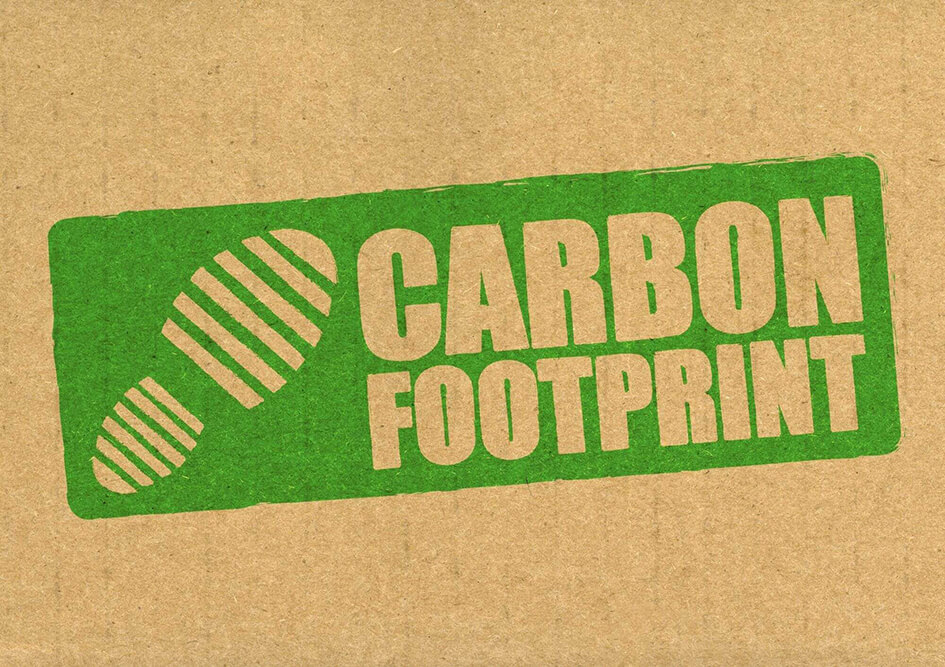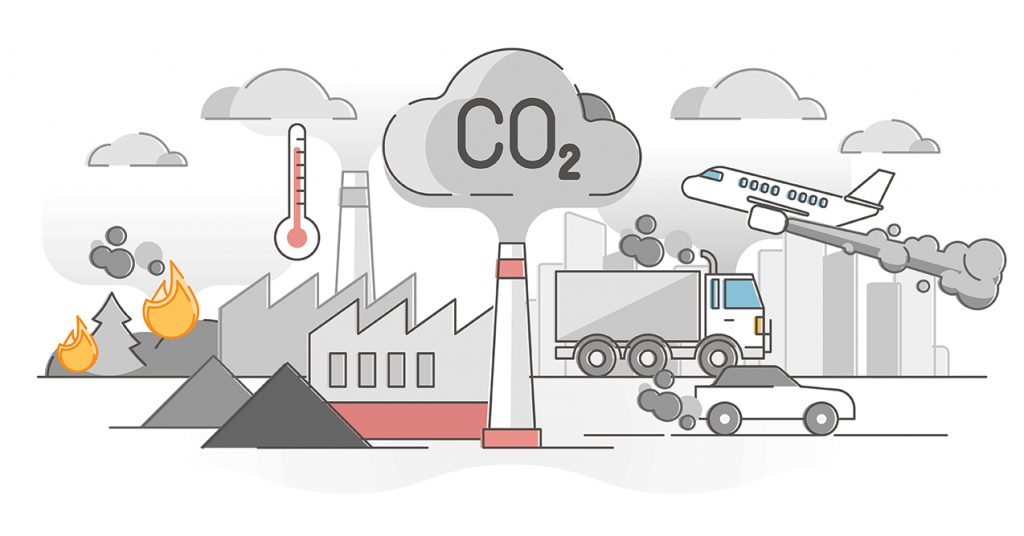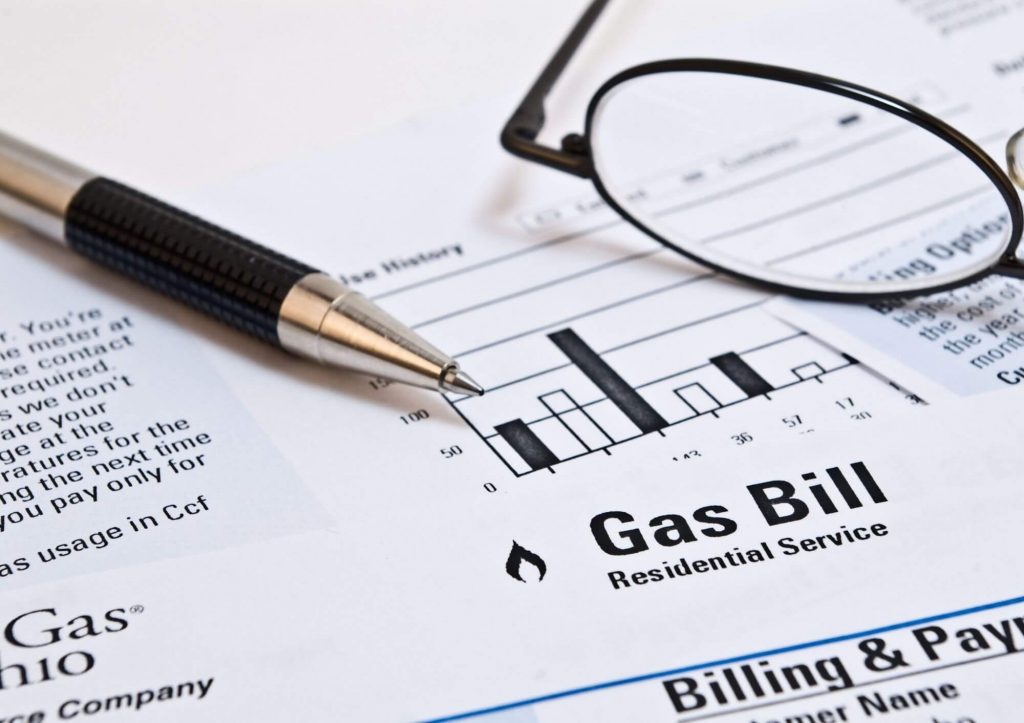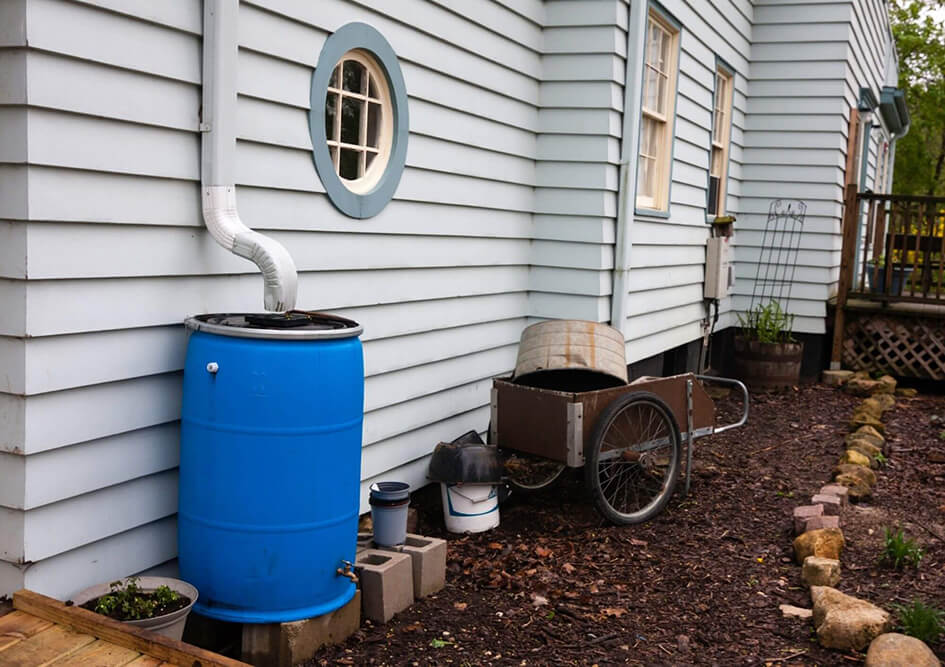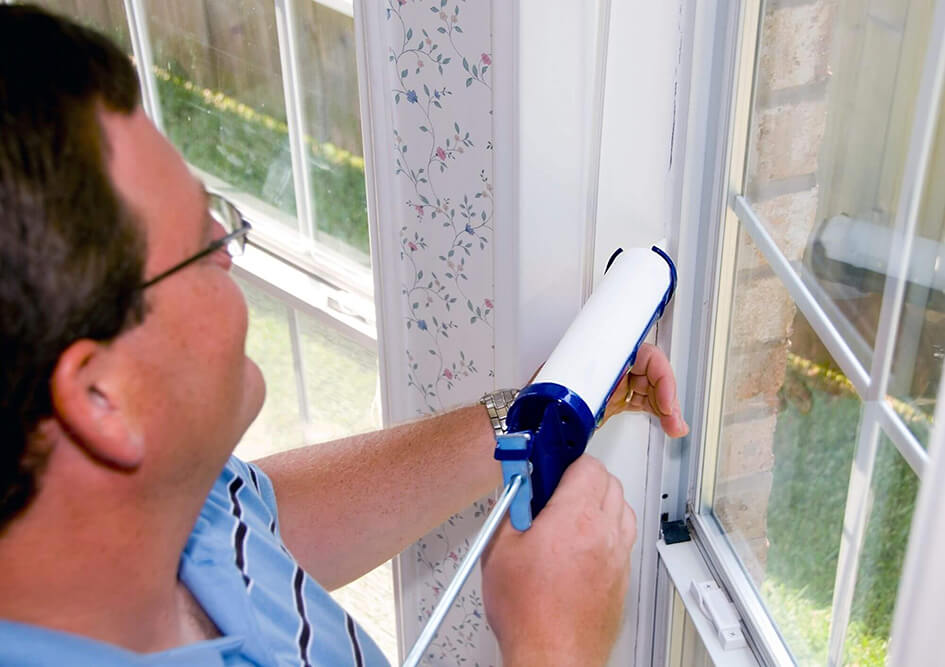- About Us
- Resources
- Windows & Doors Buyer’s Guide
- A Timeline Guide For New Windows & Doors
- EcoTech Windows & Doors Estimated Lead Times
- Our Process
- Window Definitions
- Types of Window Installation
- Window Glossary
- Frequently Asked Questions (FAQs)
- Benefits of EcoSmart Glass & Foam Filled Frames
- The Key Components of Vinyl Windows
- Buying Windows – What to Look For?
- Steel & Fiberglass Doors
- Industry Resources
- Canada Greener Homes Grant for Windows & Doors
- How To Reduce Your Home’s Carbon Footprint
- Green Ontario Fund
- Financing
- Reviews
- Our Work
- Blog
- Contact Us
- About Us
- Vinyl Windows
- Entry Doors
- Patio Doors
- Garage Doors
- Resources
- Windows & Doors Buyer’s Guide
- EcoSmart Technology
- A Timeline Guide For New Windows & Doors
- Ecotech Estimated Lead Times
- Our Process
- Window Definitions
- Types of Window Installation
- Window Glossary
- Frequently Asked Questions (FAQs)
- Benefits of EcoSmart Glass & Foam Filled Frames
- The Key Components of Vinyl Windows
- Buying Windows – What to Look For?
- Door Catalogs
- Industry Resources
- Canada Greener Homes Grant for Windows & Doors
- How To Reduce Your Home’s Carbon Footprint
- Financing
- Reviews
- Blog
- Request Service
- Contact Us





